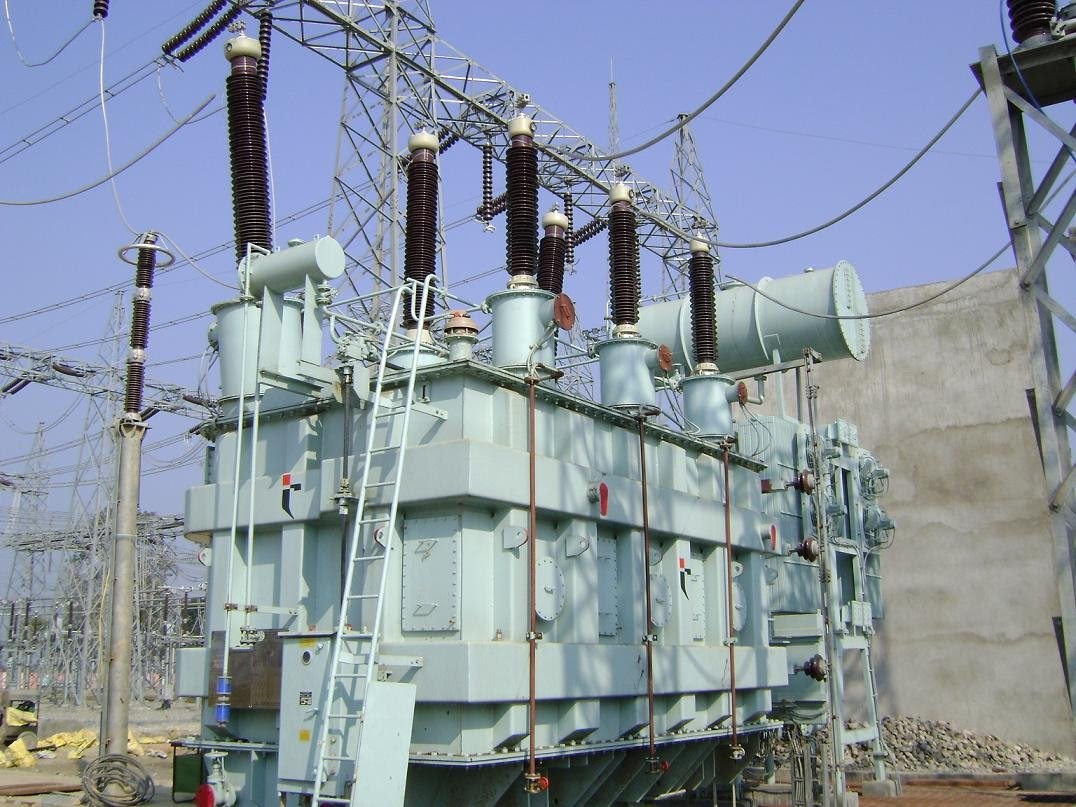Nigerian’s electricity regulatory body, Nigerian Electricity Regulatory Commission (NERC) has conducted the 2014 bi-annual review of the Multi Year Tariff Order (MYTO) and revealed a marginal increase in the monthly charges for certain classes of electricity consumers in the country.
Consumers mostly affected by the increase are the Residential-2 (R2) and Commercial-1(R1) which are mostly represented by the Nigerian middle class.
According to the MYTO framework, some consumers would actually pay less than they have been paying under the distribution companies within the Nigeria Electricity Supply Industry.
The Chairman of NERC, Sam Amadi made these changes known at a press conference at the NERC headquarters in Abuja yesterday. Explaining the new tariff regime, Amadi said for instance, the total monthly fixed charge in the bill of customers who are within the Ikeja Electricity Distribution Company in Lagos which was hitherto N894.56k would now be N750 within the new tariff structure while that of customers in the Abuja Electricity Distribution Company would remain at N702 for R2 customers.
The new tariff also noted a slight increase in the retail price of electricity supplied to R2 customers in Abuja distribution network by N1.45k from the previous N13.25k to N14.70k while the same customer class in Ikeja will have no increase in their retail price for electricity.
Accordingly, the tariff difference in both distribution networks is occasioned by the total costs incurred in distributing power of each electricity company.
In his presentation, Dr. Amadi said that the tariff was specific to each distribution network but that the aggregate review indicated a reduction in the wholesale tariff that would be paid to Generation Companies (GenCos) as from June 1, when it is statutorily expected to come into effect.
He explained that certain significant changes in the macro-economic indices such as inflation and exchange rates as well as price of gas that it usually collects from the Central Bank of Nigeria (CBN) and National Bureau of Statistics (NBS) for the review had impacted well on the tariff output.
According to him, R2 customers in Abuja distribution network would have for instance paid N985.92k as monthly fixed charge, if its projections for these macro-economic variables were the same.
“The NERC on, May 21, approved the review of the MYTO. This review will take effect on June 1 and it has reduced fixed charge component of the tariff that would have taken effect on June 1.
“The MYTO provides for bi-annual reviews that will take effect on June 1 and December 1 to ensure that some critical and financial variables underlying electricity tariff in Nigeria are still realistic and current. These variables are the rate of inflation, exchange rate, gas price and available generation capacity,” Amadi said.
He further stated: “To ensure that the Nigerian electricity market remains financially viable and able to attract investment to improve capacity and reliability, electricity prices are indexed to changes in these variable. The review shows that the aggregate of these variables have changed by plus or minus five per cent of the MYTO figure; the changes are significant changes.
“For instance, while the MYTO had projected an inflation rate of 13 per cent, the inflation as at March 30, the cut-off date for the reviews, was 7.8 per cent which was 5.2 per cent less than projected. Similarly, MYTO projected an exchange rate of $1 to N178 but the March 30 data from the CBN shows a rate of N157.30k to $1, which is 11.6 per cent less than projected.”
With regards to the gap in projected and actual available generation capacity in the industry, Amadi explained that the resultant effects of protracted loses in generation capacity was that the benefits from these macro-economic variables are now outweighed by the generation loss, hence, the increase in end user tariff.
“Recalling that one of the indices for the minor review is available generation capacity, unfortunately the well known fact today is that gross available capacity from the grid as of 31st March review date is 4306MW; this is well below the 9061MW that NERC had on the basis of all information available to it projected when MYTO-2 was set in June 2012.
“This is a 52 per cent reduction on projected capacity, the reasons for this huge loss have been extensively reported and explained but suffice to say that the consequence of this completely outweighs the benefits that were gained from the positive macro-economic indices,” Amadi said.
He further added that: “The direct consequence for the NESI is that the significant fixed costs incurred by all three sectors of the NESI have to be spread over a much lower quantity of energy projected to be sold to consumers. For this reason, the commission regrets that the distribution element, i.e. the end user or customer tariff will have to increase.
“This is in fulfilment of the statutory obligation in section 5.76(2)(a) of the EPSR Act 2005 which mandates that the commission sets a tariff methodology that allows a licensee that generates efficiently to recover the full costs of its business activities, including a reasonable return on the capital invested in the business.”
While noting that the review was subjected to a public consultation, NERC however stated that its commitment to regulatory due processes had helped grow investors’ confidence in the sector and that the MYTO remains a critical assurance mechanism of the financial viability and regulatory certainty of Nigeria’s emerging power sector.







